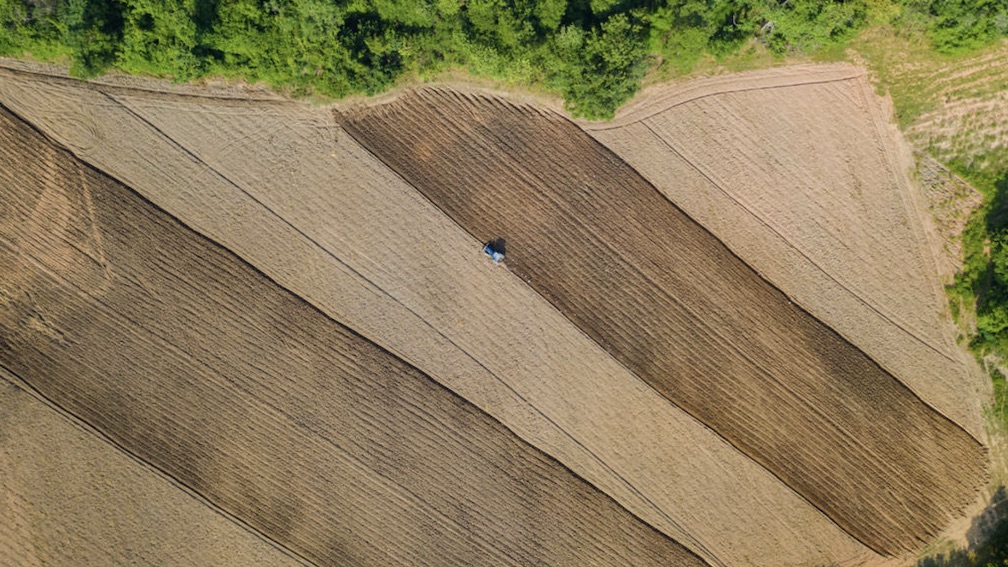The Latest Innovations in Erosion Control Solutions
- Written by Business Daily Media

The intricate and multi-faceted field of erosion control is a crucial aspect of environmental preservation and the prevention of soil degradation. It involves a vast array of methods that shield the land from the destructive forces of wind, water, and other natural elements that can wreak havoc on the delicate ecosystems that support our environment. Erosion control is vital to keep our planet clean and healthy and preserve land for future generations.
Erosion control in Australia can be defined as a practice used to prevent land destruction caused by natural elements such as wind, water, or ice. It employs various techniques and strategies to reduce soil erosion, protect shorelines and wetlands from damage, and stabilize slopes, with the primary objective of preserving or improving soil quality while preserving the natural environment.
The two broad categories of erosion control techniques are preventive measures and corrective measures. The aim of preventive measures is to guard against further damage due to erosion, while corrective measures are implemented after the damage has already occurred in order to repair it. Preventive erosion control practices include building terraces on slopes to break up runoff flow, covering exposed soil with vegetation such as grasses and shrubs, constructing dams or levees along waterways, planting trees for windbreaks and buffer strips around streams or rivers, implementing no-till farming practices on agricultural lands, and establishing effective drainage systems in urban areas. Corrective measures typically involve repairing damaged areas by restoring native vegetation cover with plantings of grasses or trees, adding topsoil, using gravels and mulches, installing riprap for stabilization, and constructing retaining walls to prevent slope failure.
Erosion is a natural process that occurs over time as wind, water, and ice slowly break down the surface material. However, human activities can cause erosion to occur at an accelerated rate, leading to serious environmental problems such as soil degradation and loss of habitat for wildlife. Some of the significant causes of erosion include construction, which can disturb large areas of land and disrupt the natural balance between vegetation, landforms, and water flow. Overgrazing, where livestock eats away at vegetation, exposing the soil to wind and water erosion forces without any protection, is also a major cause of erosion.
There are various solutions available for mitigating the effects of wind, water, and other agents that cause erosion. One popular solution is the use of vegetation to reduce wind velocity and water flow velocity by providing a barrier or filter for air or water movement. This can be accomplished through planting trees and other plants that are well adapted to local soil conditions as well as creating mounds or berms that slow down runoff from heavier rainfall events. Planting grasses on slopes can also help reduce soil loss due to both wind and water erosion by strengthening root systems while providing a more stable surface cover than bare soil would provide.
Another type of erosion control solution involves using artificial barriers such as silt fences, gravel bags, geotextiles, gabions, retaining walls made from stone blocks or concrete masonry units, and biodegradable staking materials like straw wattles. These physical barriers act against runoff or sliding soils along slopes.
Implementing erosion control strategies has a range of benefits, including reducing the amount of soil loss, preventing water pollution, and helping to maintain healthy ecosystems. By reducing soil loss, erosion control strategies help to keep soils in place, making them available for future use instead of being lost due to erosion. They also help to prevent water pollution, as pollutants such as heavy metals or agricultural chemicals may be carried along with sediment-laden runoff into streams and rivers, posing a risk to aquatic life and human health alike. Erosion control measures such as vegetation barriers or check dams provide a natural way to filter runoff before it reaches waterways.




